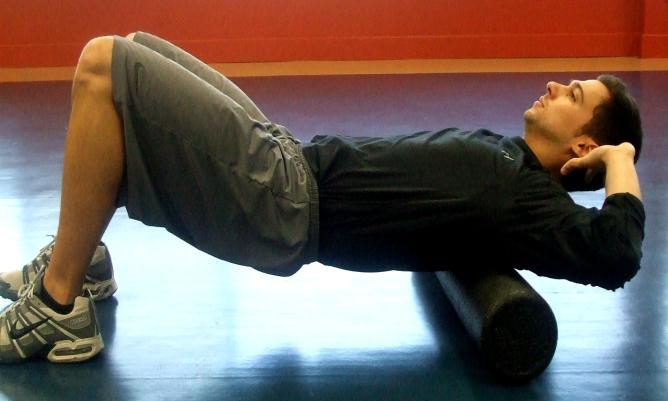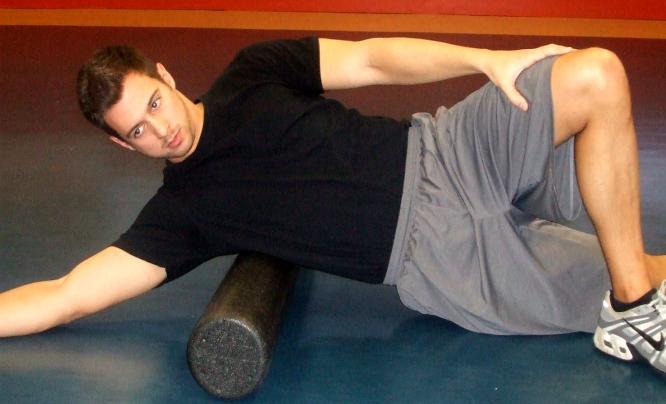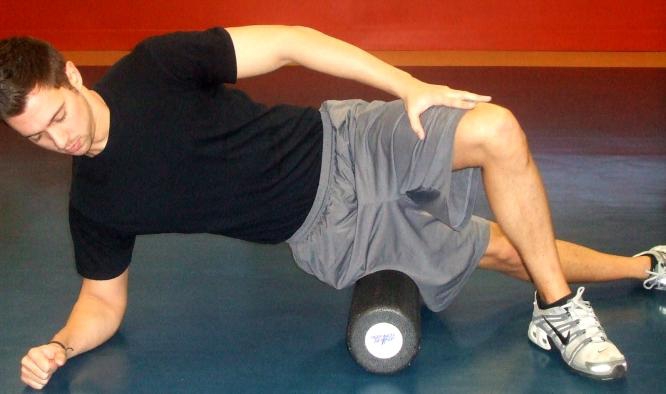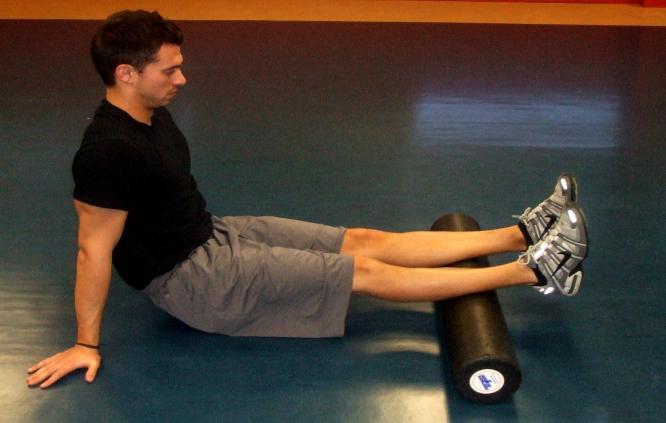Take this Test to Discover Your Ayurvedic Dosha Type
 Ayurveda Mind Body Dosha Type Test
Ayurveda Mind Body Dosha Type Test
Ayurveda translates to “the science of life,” or “the knowledge of life span.” Dating back more than 5,000 years, Ayurveda teaches us how our lives can be influenced, shaped, extended, and experienced without interference from sickness and old age. The guiding principle is that the mind exerts the deepest influence on the body. Creating a balanced awareness provides the highest state of health and wellbeing.
Take this 60 question test to find out your Dosha type. Dosha is each of three energies believed to circulate in the body and govern physiological activity. If nothing else, finding out your Dosha type might help you realize why some practices work for one person to create health but do not necessarily translate across the entire population. Take it a step further and try some recommendations to balance your Dosha type to experience surprising health benefits.
Read each statement and mark, from 1 to 6, how well it applies to you.
1 = Does not apply to me
3 = Applies to me somewhat (or some of the time)
6 = Applies to me very much (or nearly all of the time)
Add your total score together for each section so that you find your scores for the three different Dosha types: Vata, Pitta and Kapha.
- I perform activity very quickly.
- I am not good at memorizing things and then remembering them later.
- I am enthusiastic and vivacious by nature.
- I have a thin physique and don’t gain weight very easily.
- I learn new things easily.
- My characteristic gain while walking is light and quick.
- I tend to have difficulties making decisions.
- I tend to develop gas or become constipated easily.
- I tend to have cold hands and feet.
- I become anxious or worried frequently.
- I don’t tolerate cold weather as well as most people.
- I speak quickly and my friends think I’m talkative.
- My moods change easily and I am somewhat emotional by nature.
- I often have difficulty in falling asleep or having a sound night’s sleep.
- My skin tends to be dry, especially in winter.
- My mind is very active, sometimes restless, but also very imaginative.
- My movements are quick and active; my energy tends to come in bursts.
- I am easily excitable.
- Left on my own, my eating and sleeping habits tend to be irregular.
- I learn quickly, but also forget quickly.
VATA Score _____
- I consider myself to be very efficient.
- In my activities, I tend to be extremely precise and orderly.
- I am strong-minded and have somewhat forceful manner.
- I feel uncomfortable or become easily fatigued in hot weather, more so than most people.
- I tend to perspire easily.
- Even though I might not always show it, I become irritable or angry quite easily.
- If I skip a meal or a meal is delayed, I become uncomfortable.
- One or more of the following characteristics describes my hair: (early graying or balding) (thin, fine, straight hair) (blond, red, or sandy colored hair)
- I have a strong appetite; if I want to, I can eat quite a large quantity.
- Many people consider me stubborn.
- I am very regular in my bowel habits. It would be more common for me to have loose stools than to be constipated.
- I become impatient very easily.
- I tend to be a perfectionist about details.
- I get angry quite easily, but then forget about it.
- I am very fond of cold foods like ice cream and also crave ice-cold drinks.
- I am more likely to feel that a room is too hot than too cold.
- I don’t tolerate foods that are very hot and spicy.
- I am not very tolerant of disagreement.
- I enjoy challenges and when I want something, I am very determined in my efforts to get it.
- I tend to be critical of others and also of myself.
PITTA Score _____
- My natural tendency is to do things in a slow and relaxed fashion.
- I gain weight more easily than most people and lose it more slowly.
- I have a placid and calm disposition. I’m not easily ruffled.
- I can skip meals easily without any significant discomfort.
- I have a tendency toward excess mucus, phlegm, chronic congestion, asthma, or sinus problems.
- I must get at least eight hours of sleep in order to be comfortable the next day.
- I sleep very deeply.
- I am calm by nature and not easily angered.
- I don’y learn as quickly as some people, but I have excellent retention and a long memory.
- I have a tendency toward becoming plump. I store extra fat easily.
- Weather that is cool and damp bothers me.
- My hair is thick, dark, and wavy.
- I have smooth, soft skin with a somewhat pale complexion.
- I have a large, solid body build.
- The following words describe me well: serene, sweet-natured, affectionate, and forgiving.
- I have slow digestion, which makes me feel heavy after eating.
- I have very good stamina and physical endurance as well as a steady level of energy.
- I generally walk with a slow, measured gait.
- I have a tendency toward oversleeping, grogginess upon awakening, and am generally slow to get going in the morning.
- I am a slow eater and am slow and methodical in my actions.
KAPHA Score _____
Although there are only three Doshas, Ayurveda combines them creating 10 possible body types. If one of the three numbers is obviously dominant (Ex: 90, 45, 65), then you are likely classified as a Single Dosha Type of your highest number. If two of the three numbers are dominant and relatively close together (Ex: 45, 80, 85), then you are likely classified as a Two Dosha Type of the higher two numbers. Or perhaps all three of your Dosha numbers are very close together (Ex: 88, 85,75). In this case you would be classified as the Three Dosha Type.
Single Dosha Types
- Vata
- Pitta
- Kapha
Two Dosha Types
- Vata-Pitta or Pitta-Vata
- Pitta-Kapha or Kapha-Pitta
- Kapha-Vata or Vata-Kapha
Three Dosha Type
- Vata-Pita-Kapha
Now that you know your Dosha, here is how you can use this information to create a healthier life for yourself.
Ayurvedic principles demonstrate that the source of all of our discomforts in life are a result of us not respecting our Dosha type and becoming unbalanced. We can practice balancing our Dosha type in MANY ways to restore health. Here are some examples:
Balancing Vata
- Regular habits
- Quiet
- Attention to fluids
- Decreased sensitivity to stress
- Ample rest
- Warmth
- Steady supply of nourishment
- Oil massage
Balancing Pitta
- Moderation
- Coolness
- Attention to leisure
- Exposure to natural beauty
- Balance of rest and activity
- Decreased stimulants
Balancing Kapha
- Stimulation
- Regular exercise
- Weight control
- Variety of experiences
- Warmth, dryness
- Reduced sweetness
Visit me for Acupuncture treatments to aid in the restoration of balance in your life.
This is just a glimpse of the MANY different ways to balance your Dosha. For more specific details about restoration in every facet of life, I recommend the book “Perfect Health” by Deepak Chopra, MD.


 Protein is
Protein is 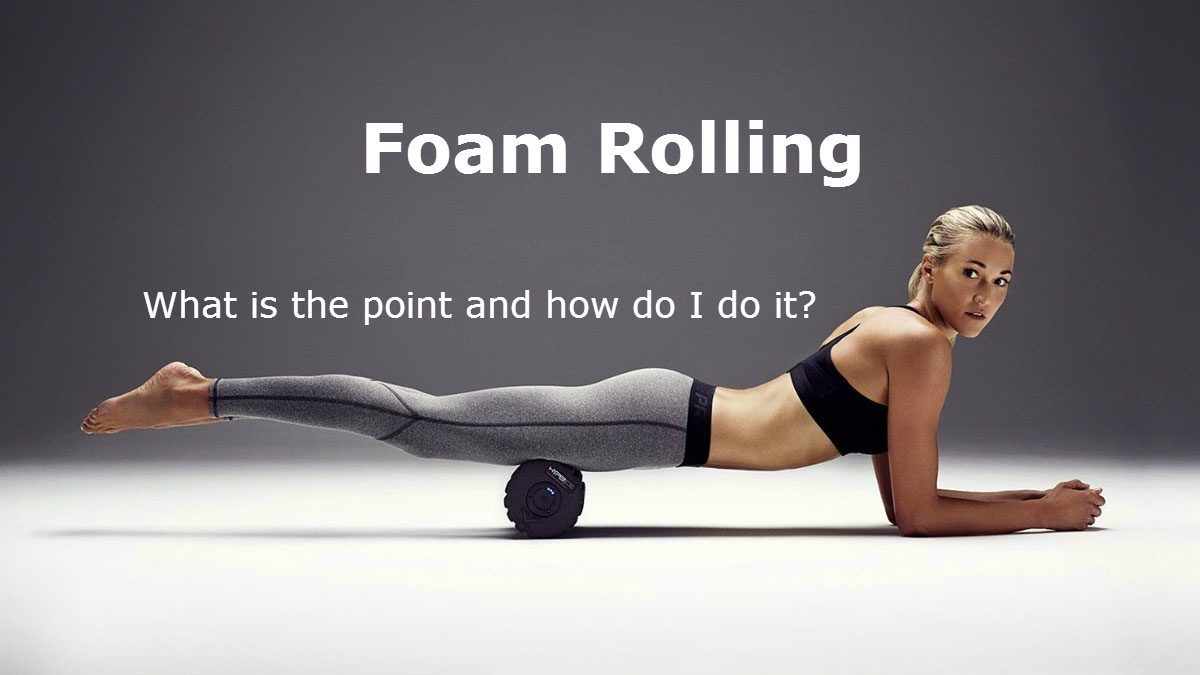 What is the point of foam rolling?
What is the point of foam rolling?